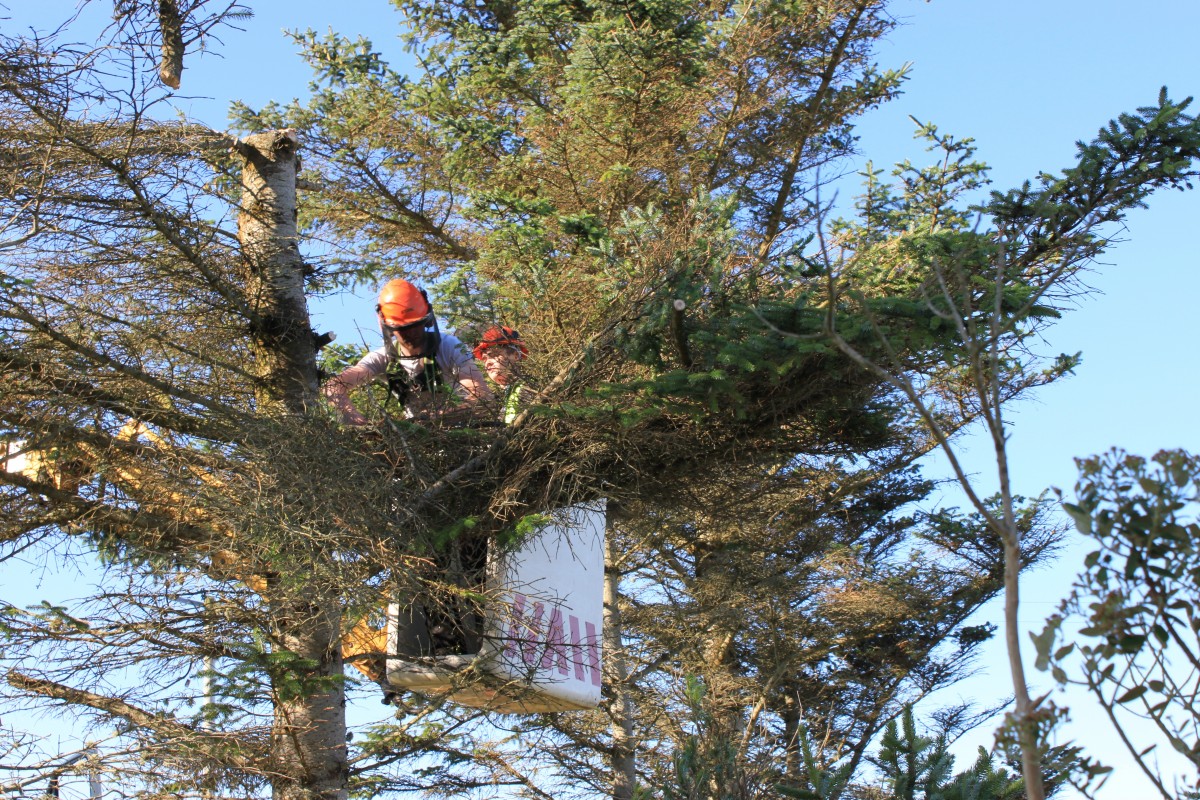Raspberries are a delicious and healthy addition to any garden. These sweet and juicy fruits are packed with antioxidants, fiber, and essential vitamins, making them a favorite among gardeners and health enthusiasts alike. However, growing raspberries can be a bit tricky, especially for beginners. In this blog post, we will share some tips and tricks for growing raspberries and ensuring a bountiful harvest.
1) Choosing the Right Variety
Before you start growing raspberries, choosing the suitable variety for your garden is essential. There are two main types of raspberries: summer-bearing and everbearing. Summer-bearing raspberries produce fruit once a year in early summer, while everbearing raspberries produce fruit twice a year, in early summer and again in the fall. Choose a variety that is well-suited to your climate and soil type.
2) Planting and Soil Preparation
Raspberries thrive in well-draining soil with a pH between 5.5 and 6.5. Choose a sunny location that receives at least 6 hours of sunlight a day. Prepare the soil by removing weeds, rocks, and debris, and adding compost or aged manure. Dig a hole that is deep enough to accommodate the roots of the raspberry plant, and space the plants at least 2 feet apart to allow for proper air circulation.
3) Watering and Fertilizing
Raspberries require consistent moisture to produce a bountiful harvest. Water deeply once a week, especially during dry periods. Avoid overhead watering, as it can promote the growth of fungal diseases. Fertilize your raspberries with a balanced fertilizer in the spring and again in the summer, following the manufacturer’s instructions.
4) Pruning and Trellising
Proper pruning and trellising can help promote healthy growth and increase your raspberry harvest. Prune your raspberry canes in the late winter or early spring before new growth appears. Remove any dead or damaged canes, as well as any canes that produced fruit the previous year. Trellis your raspberry plants by using stakes or a wire trellis system to keep the canes upright and off the ground.
5) Pest and Disease Control
Raspberries are susceptible to a variety of pests and diseases, including aphids, spider mites, and fungal diseases like powdery mildew and rust. Monitor your raspberry plants regularly for signs of pests or disease, and take action immediately to prevent the spread. Use natural remedies like neem oil or insecticidal soap to control pests, and avoid using chemical pesticides whenever possible.

6) Harvesting and Storage
Raspberries are ready for harvest when they are plump, juicy, and easily come off the vine. Harvest your raspberries in the early morning when they are at their freshest, and avoid picking them when they are wet. Store your raspberries in the refrigerator for up to a week, or freeze them for later use.
7) Mulching
Mulching is essential in growing raspberries, as it helps retain moisture and suppress weeds around the plants. Apply a layer of organic mulch, such as straw or shredded leaves, around the base of the raspberry plants, taking care not to bury the canes. This will help to keep the soil moist and cool, and prevent weeds from competing with your raspberry plants for nutrients. Reapply mulch as needed throughout the growing season, and remove any old or moldy mulch to prevent the spread of disease.
Growing raspberries can be a rewarding and satisfying experience, especially when you see your hard work pay off with a bountiful harvest. By following these tips and tricks for growing raspberries, you can ensure that your plants thrive and produce sweet, juicy fruit all season long. From choosing the right variety to pruning and trellising, there are many factors to consider when growing raspberries. But with a little patience and care, you can enjoy the sweet taste of fresh raspberries straight from your own garden.





